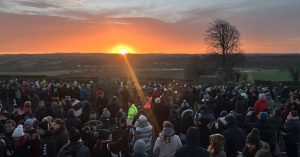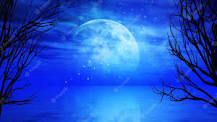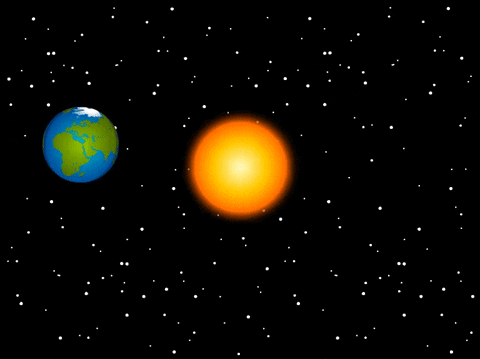Pagans gather at Newgrange!
People gathered at Newgrange, Co Meath for the Winter Solstice – the astronomical phenomenon that marks the shortest day and the longest night of the year.
The Winter Solstice

Newgrange Winter Solstice
Sat, Dec 21, 2024, 9:21 AM
The Winter Solstice is an astronomical phenomenon that marks the shortest day and the longest night of the year. In the Northern Hemisphere, the Winter Solstice occurs on 21 or 22 December, when the sun shines directly over the tropic of Capricorn. At sunrise on the shortest day of the year, for 17 minutes, direct sunlight can enter the Newgrange monument, not through the doorway, but through the specially contrived small opening above the entrance known as the ‘roof box’, to illuminate the Chamber.
Newgrange is best known for the illumination of its passage and chamber by the rising sun at the Winter Solstice. Above the entrance to the passage of the mound there is a opening called a roof-box. On mornings around the winter solstice a beam of light penetrates the roof-box and travels up the 19m (62ft) passage and into the chamber. As the sun rises higher, the beam widens so that the whole chamber is dramatically illuminated.
A live stream has also been set up to allow interested observers to catch a glimpse of direct sunlight entering the chamber of the 5,000-year-old passage tomb.
The solar alignment of the passage tomb at Newgrange to face the rising sun on winter solstice is a significant astronomical finding of global importance.
Originally re-discovered by Professor Michael J O’Kelly in 1967, other researchers have since then validated O’Kelly’s interpretation, giving it scientific credibility and meaning.
Analysis of high-resolution imagery taken during last year’s research programme adds to the convincing body of evidence that the solar illumination of the tomb was intentional.
People across the world are invited to tune into this phenomenal event, which can be viewed live on
gov.ie/opw
and
heritageireland.ie
Sat, Dec 21, 2024, 9:21 AM
Winter solstice marks the shortest day of the year and the official first day of winter. Winter Solstice for the year 2022 is on December 21. This day marks the beginning of the winter season.
The winter solstice occurs when either of Earth’s poles reach their maximum tilt away from the Sun. The winter solstice is the day with the shortest period of daylight and longest night of the year, when the Sun is at its lowest. The winter solstice occurs during December usually 21st or 22nd December. The Winter solstice is the opposite of the Summer solstice, which has the most daylight and the longest day with the shortest night of the year.
It is the most important event of the year – even more significant than the summer solstice because it welcomes in the new sun. For this reason, pagan and druid communities actually celebrate the first sunrise after the winter solstice.
The Winter Solstice is an astronomical phenomenon that marks the shortest day and the longest night of the year. In the Northern Hemisphere, the Winter Solstice occurs on 21 or 22 December, when the sun shines directly over the tropic of Capricorn. At sunrise on the shortest day of the year, for 17 minutes, direct sunlight can enter the Newgrange monument, not through the doorway, but through the specially contrived small opening above the entrance known as the ‘roof box’, to illuminate the Chamber.
 |
 |
|

Blue Moon
Wed 30 Aug
Thurs 31 Aug
Irish stargazers got a chance to see a super blue moon the first time it was visible since 2009.The rare sight, which was seen Wednesday 30 Aug 2024 and Thursday 31 Aug 2024 night, will not be visible over Irish skies again until 31 May 2026, according to Astronomy Ireland.
It says that roughly once every two or three years, there can be two full moons in one calendar month and, when this happens, the second full moon in the month is popularly known as a blue moon.
‘Buck’ Supermoon
lights up night sky
Star Gazers got a treat as the first of four Supermoons of the year lit up the night sky Sun 21 July 2024
A Supermoon occurs when the moon’s orbit is closest to Earth at the same time it is full.
Astronomy Ireland has said the Supermoon is larger and 30% brighter than at other times.
July’s moon is called the ‘full Buck Moon’, according to the Old Farmer’s Almanac, as the antlers of male deers are fully growing during this period.
Lunar Eclipse

Next Lunar Eclipse
Fri 14 March 2025

